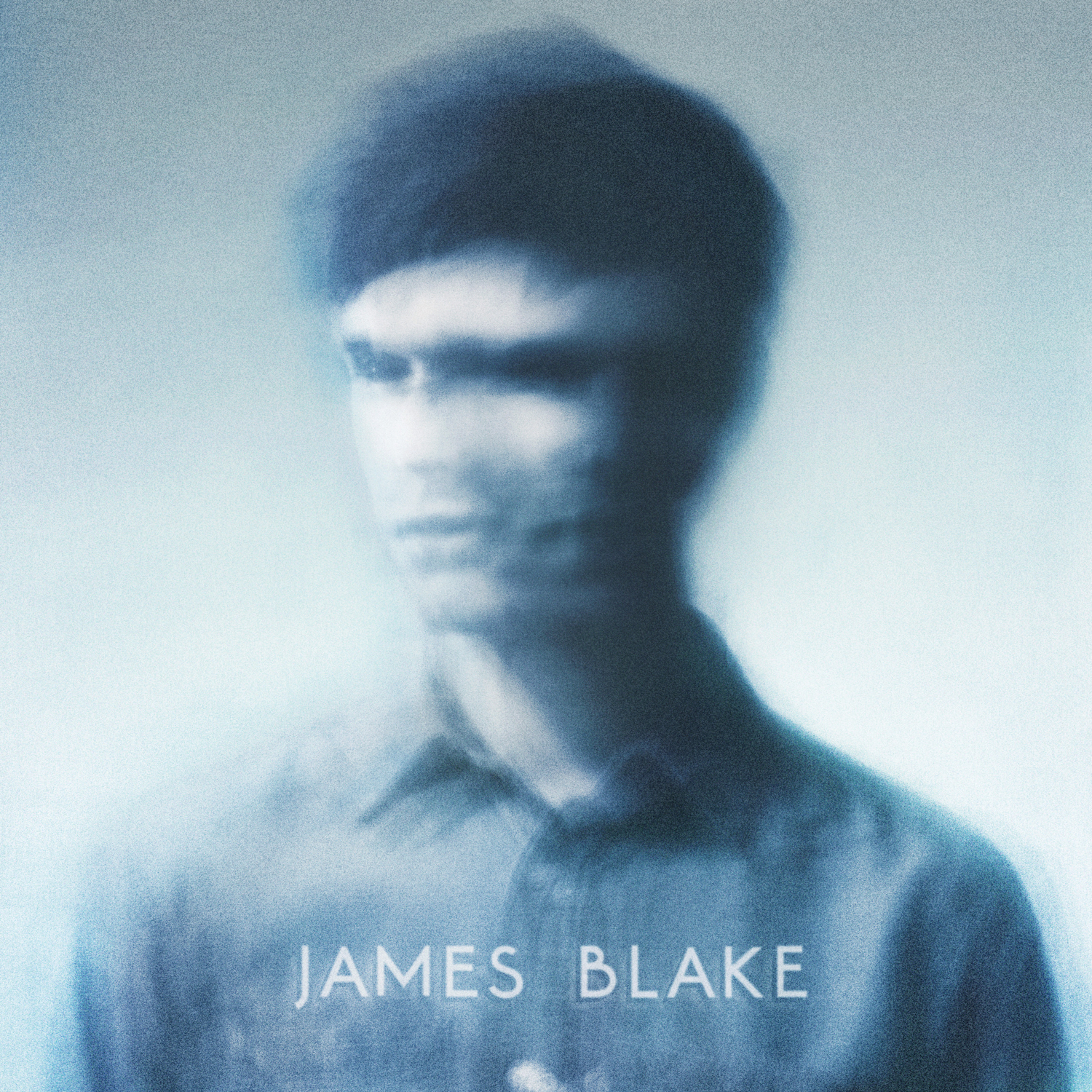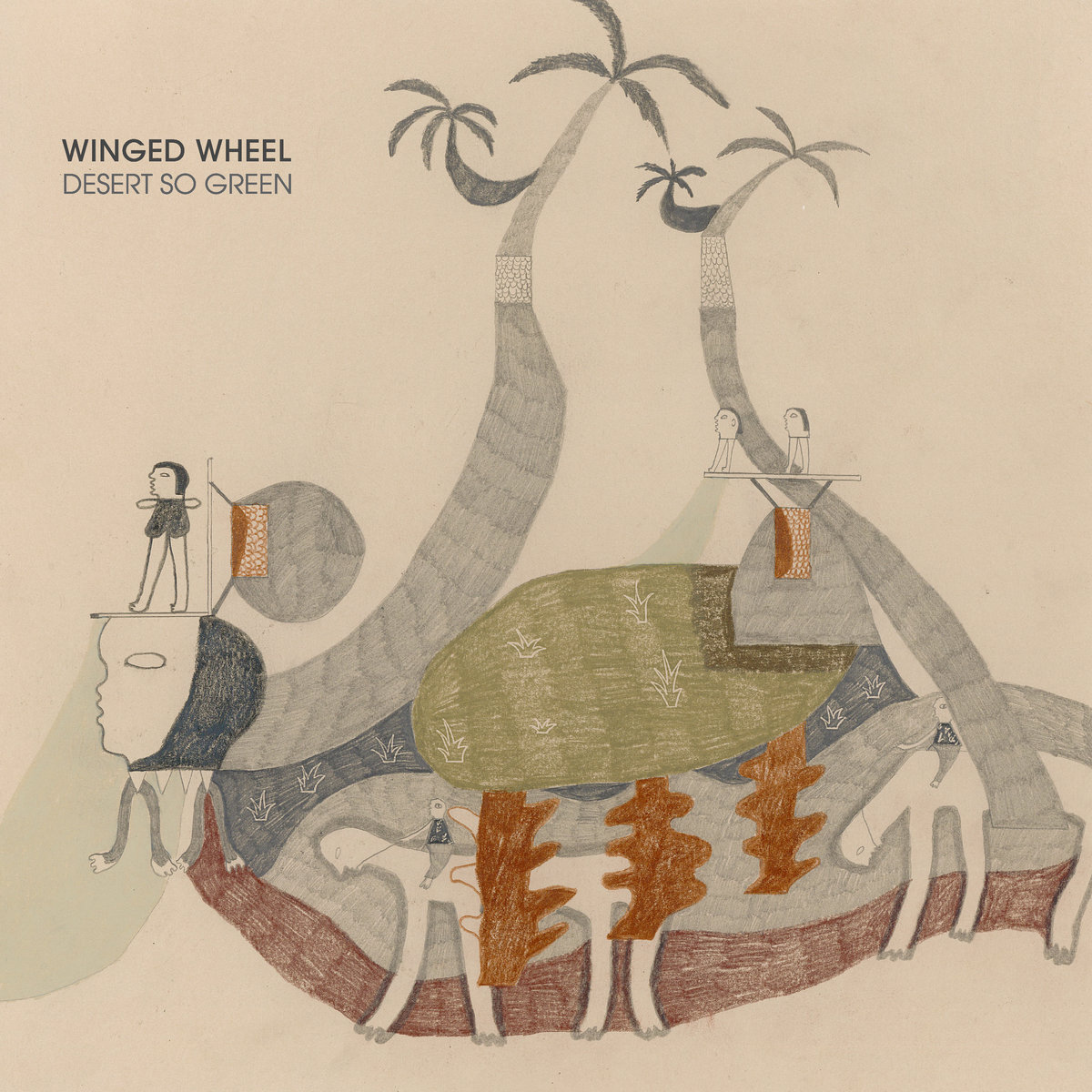This is not who James Blake was supposed to be. Or rather, when Blake released his debut album 10 years ago today, it was not who James Blake was expected to be. For over a year, Blake had been propped up as an enigmatic producer in the vein of Aphex Twin or Four Tet. He treated the dubstep genre with a stately, hushed reverence. His own vocals were barely present on the trio of EPs that introduced him to the world. But with his self-titled album, he reimagined singer-songwriter fare in a stark digital landscape.
The trajectory from underground dance to pop-aiming songwriter was not a path often traveled. Some viewed Blake's ascension with suspicion at the time, as if he had abandoned electronic music as a way to become more popular. But his earliest tracks were always an accessible form of dance -- they were meditative, but they were also often built around sticky samples, ones that encouraged a kind of muffled singalong. One of his most successful early tracks, "CMYK," featured prominent samples of Kelis and Aaliyah, a premonition of the kind of atmosphere that Blake would evoke when he eventually started working with the Beyoncés and Frank Oceans of the world. He operated on the same minimalist continuum that produced the xx a couple years earlier and was in the process of making Bon Iver a star. (Blake would team up with Justin Vernon on a track, "Falls Creek Boys Choir," only a few months after James Blake came out.)
The crossover from galaxy brain post-dubstep to what Blake was doing on his self-titled album wasn't so far-fetched, especially from Blake's perspective. He started out playing the piano, taking lessons once a week as he gravitated toward studying masters of the craft like Erik Satie and Art Tatum. It was only after he started listening to dubstep that he even thought about production. "Dubstep is so internal," he said in an interview around the time. "It sends people so far into their own heads when I'm DJing, I get people saying to me, 'Man, I blacked out when you played that song.' It's that internal quality that informs the album."
Blake wanted to recreate the feeling of introspection that electronic music can engender, and he wanted to do it by making reflective, digitally fucked torch songs. He was a piano player first and foremost, but he was fascinated by the way a voice could be used to convey emotion. In interviews, Blake professed himself a fan of the vocal stylings of Sam Cooke, especially the way the soul singer wouldn't oversell a moment. He tried to adopt that restraint in his own music, with short, clipped phrases and a distinctive emphasis on open space and white noise. He approached his confessional music with a producer's ear. Building on the way he'd used his sampled voice on early tracks like "Postpone" and "I Only Know (What I Know Now)," he looped and layered and circled around his own voice until his solitary nature refracted into what sounded like a dozen different Blakes.
The songs on James Blake feel both overwhelmingly intimate and oddly removed. His overly processed vocals are a mix of robotic and human. The Blake we hear on his debut full-length is tender and determinedly grim, and he'd mine these same sounds again and again over the course of his career to mostly satisfying ends. But James Blake stands as the purest distillation of what Blake is great at, a tentative and grasping album of ballads that tugs at your heart while manifesting an icy-cool aesthetic. The "big moments" on the album, like the out-of-nowhere drop at the end of "I Never Learnt To Share," only feel big in the context of everything else, which is so subdued.
Many of the songs on James Blake are intentionally sparse -- only his vocals and eerie stillness, or the hint of a piano and a wobbling beat. His songs are made up of fragments of sentences in the same way they're made up of fragments of sound. It's not so much what he says on James Blake but the way he says it. Blake's croon here is often post-language; his voice is just an instrument. What Blake is singing rarely makes complete sense, but the way he sings it does. "Beacon don't fly too high," he repeats across both "Lindisfarne"s, the way he emphasizes "playing, falling" on opener "Unluck" in a descending lilt.
When he does approach more concrete meaning, on the "My brother and sister don’t speak to me, but I don’t blame them" refrain of "I Never Learnt To Share" or the title repetition of "Why Don't You Call Me?," what he's singing about is fracture. Whether through personal relationships or his own failings, he is singing about never really feeling whole. "Please fall down/ Testing sounds for the deaf and the forest cold," he sings on the devastating closer "Measurements," in which it seems as though he's measured himself up and found wanting. "Trees in clouds, testing doubts/ Trying hard not to be too bold." Down to the album cover, with its soft-focus smear as Blake looks in two directions at once, he never feels fully present on his debut -- his voice and emotions are like water slipping between fingers.
He talked about how his minimalist writing style had to be supported by the music. Without the variations he gives these phrases through the way he processes his voice, they'd sound trite or cliché. But the repetition gives them a sort of pathos. Blake was aware that his songwriting style was a gamble. "I suppose I was trying to come up with a way to justify how I wanted to write lyrics," he said. "Laying those lyrics bare and accompanying them with just a piano wasn't going to work. The ones that are small and almost like haikus need to be placed in some way."
His abstraction extended to the way he treats the pair of covers on James Blake. He strips down Feist's already relatively sparse The Reminder track "Limit To Your Love" into something that's barely there: only shivering bass and Blake's voice. "The Wilhelm Scream" takes inspiration from Blake's father, James Litherland, a musician himself, and turns one of his songs from a shaggy prog-rock number to a staticky stillness that sounds like it's barely holding on. Blake's approach to other people's material is prismatic -- see also his cover of Joni Mitchell's "A Case Of You" from around this same time. He bends them into his sonic universe.
That universe would come to expand, on 2013's streamlined Overgrown and 2016's depressive The Colour In Anything. On 2019's Assume Form, he brought in the many friends and guest collaborators he'd worked with over the years, opening up his typically interior solo albums into more of a collective. But there's still something about his self-titled debut that stands a little above the rest -- it's singular and haunting. It's no wonder that Blake's touch would become shorthand for a kind of digitized poignancy among the rappers and musicians he'd go on to work with. While he applied the lessons he learned as an up-and-coming dubstep producer to his music with others, the music he made under his own name feels personal and conflicted. James Blake is still startling in its intimacy and solitude. It ushered in a decade worth of triumphs for Blake, even if he wasn't exactly what we expected.






